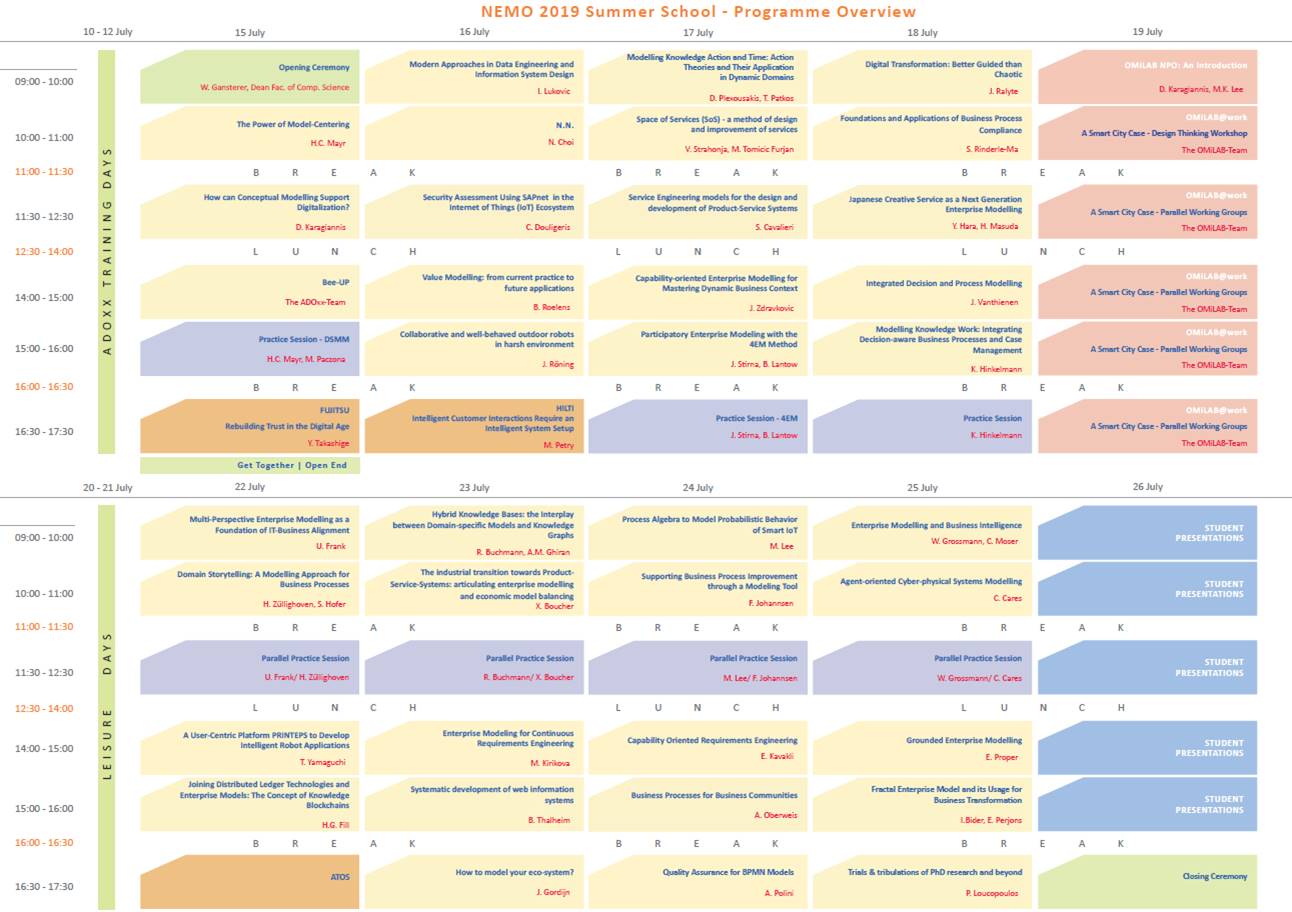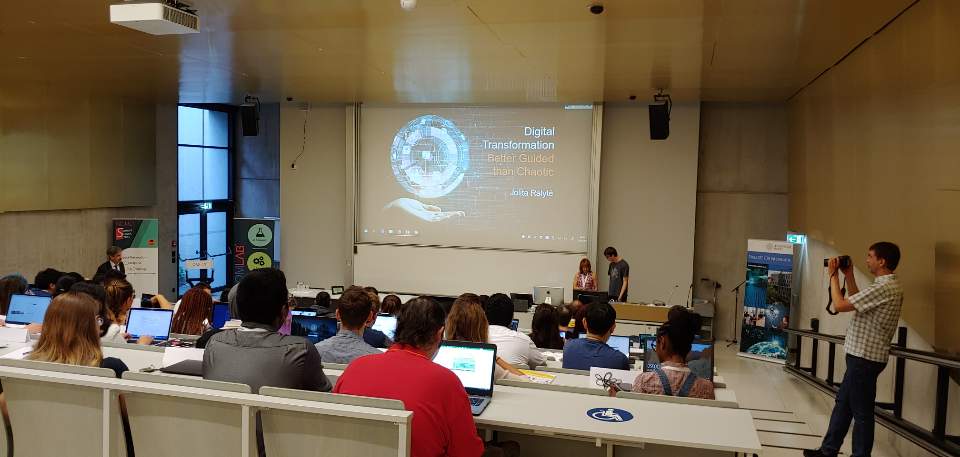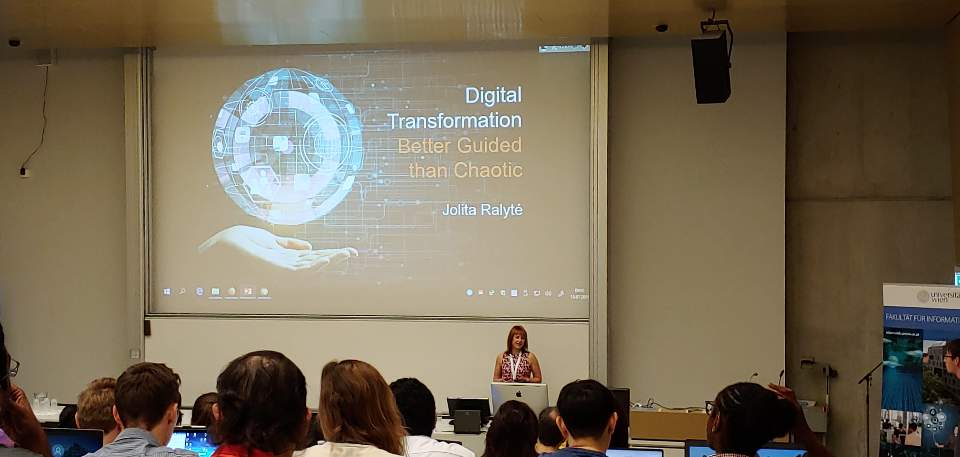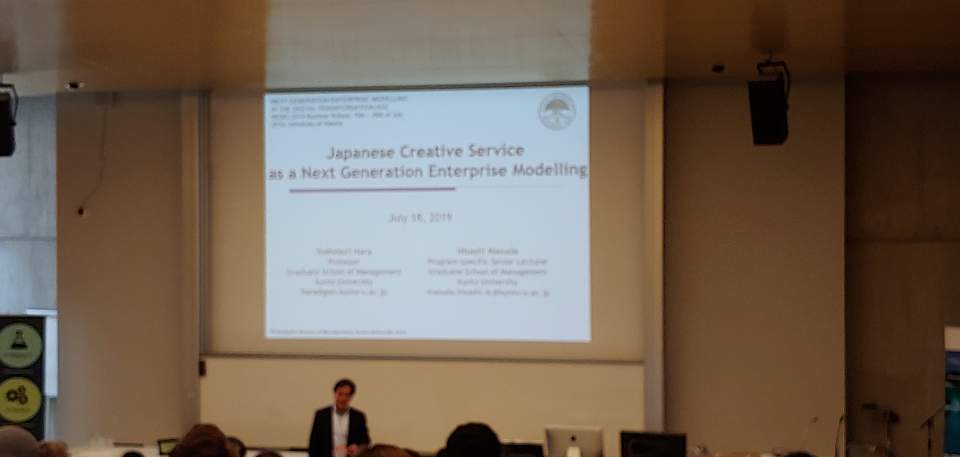
Digital Transformation: Better Guided than Chaotic
Prof. Dr. Jolita Ralyte, University of Geneva, Switzerland
Abstract
Digital transformation is not just the adoption of new information technologies and computerization of human activities. It embraces much broader strategic ambitions and involves fundamental changes in the structure, activities and even culture of the organization, with the primary goal of innovating and creating value. The approach for guiding digital transformation is necessarily exploratory, agile, and participatory, involving all stockholders as responsible co-creators. It has to deal with the challenges raised by the gap between the living world (the organization and its activities) and the artificial world (information technologies). It should provide a support for assessing the impact and the risk of the change in the organization implied by the digitalization and evolution of its information systems. Last but not least, we expect this approach to be situation-driven, easily adaptable to different organizational settings. In this course we will analyze the challenges of digital transformation, define the requirements for methods supporting it, and discuss contributions in the field.


Foundations and Applications of Business Process Compliance
Prof. Dr. Stefanie Rinderle-Ma, University of Vienna, Austria
Abstract
Comliance management is a pressing challenge for almost any enterprise. With the constant advent of new regulations such as the GDPR, enterprises are continuously forced to derive, implement, monitor, check, and adapt compliance constraints on top of their business processes. This lecture will explain concepts along the compliance life cycle, including design time compliance and compliance monitoring. Also the the role of imperative and declarative process modeling with respect to compliance as well as the distinction between compliance checking and other approaches such as conformance checking will be discussed. Moreover, approaches for extracting constraints from regulatory documents will be presented. Finally, an outlook on compliance checking in distributed processes will be provided. The lecture will illustrate the concepts and approaches based on practical examples from finance, GDPR, and smart manufacturing.

Japanese Creative Service as a Next Generation Enterprise Modelling
Prof. Dr. Yoshinori Hara, Dr. Hisashi Masuda, Kyoto University, Japan
Abstract
We define Japanese creative services and discuss how they have been sustained successfully and its application to global service enhancement. There are many ``Shinise'' (shops of long standing) service companies in Japan that are quite unique compared to the companies located in any other geographical region. They typically have anecdotal values based on nature and seasons, various types of culture, histories, and/or lifestyles. Several Japanese creative services are expanding their activities toward global markets. We explain the mechanisms of the sustainability and scalability of advanced cases of Japanese Creative Services. A key aspect of the mechanism is a communication between service providers and consumers based on sharing/interpreting/utilizing of tacit context in a community. For analyzing the key aspect, we propose the combined approach of sociology/anthropology, psychology, engineering and design thinking. We developed a meta-modeling platform for handling the combined analysis of the Japanese Creative Services. We believe that this kind of approach will contribute to creating new values within the field of service science and for value-added global services.

Integrated Process and Decision Modelling
Prof. Dr. Jan Vanthienen, KU Leuven, Belgium
Abstract
Modelling business processes is essential for business effectiveness and efficiency. But not all business processes can easily be modelled as simple arrangements of flows and activities. Certainly knowledge-intensive processes incorporate lots of decisions and decision knowledge, that should not be hidden in process flows or activities, because hardcoding (decision) rules in processes leads to complex and inflexible process models. In analogy with the Business Process Modelling & Notation Standard (BPMN), a Decision Model & Notation standard (DMN) was developed, that allows to model the decisions separately, thereby simplifying the process model. Decision models describe business decisions, with their interrelationships and requirements, together with the detailed decision logic used to make the decision. This session is about the basics of decision modelling, and mainly about how decision models and process models should be combined (and separated) into an integrated model of processes and decisions.
Modelling Knowledge Work: Integrating Decision-aware Business Processes and Case Managemend
Prof. Dr. Knut Hinkelmann, FHNW University of Applied Sciences and Arts Northwestern, Switzerland
Abstract
The continuous alignment of business and IT in a rapidly changing environment is a grand challenge for today's enterprises. Decision makers use models to understand and analyze a situation, to compare alternatives and to find solutions. Additionally, there are systems that support decision makers through data analysis, calculation or simulation. While humans prefer graphical or textual models, machine-interpretable models have to be represented in a formal language. This lecture describes a meta-modelling approach, which combines human-interpretable graphical enterprise architecture models with machine-interpretable enterprise ontologies. A metamodel which is represented as a formal ontology determines the semantics of the modeling language. To create a graphical modelling language, a graphical notation can be added for each class of the ontology. Every time a new modelling element is created during modelling, an instance for the corresponding class is created in the ontology. Thus, models for humans and machines are based on the same internal representation. The approach has been applied in the CloudSocket project for selection of cloud services in order to achieve Business Process as a Service.









